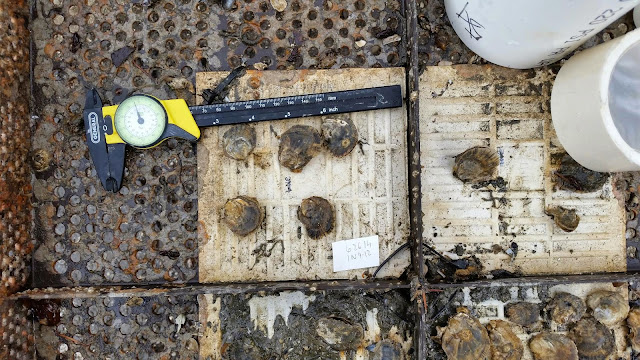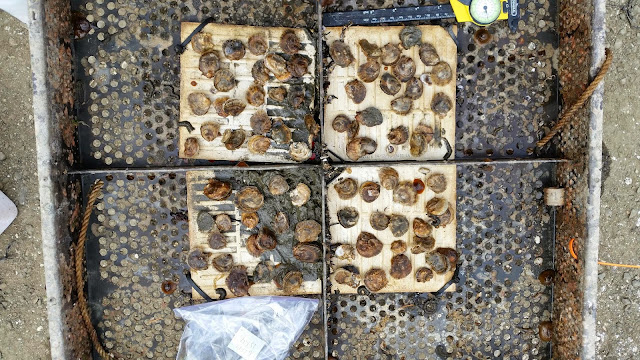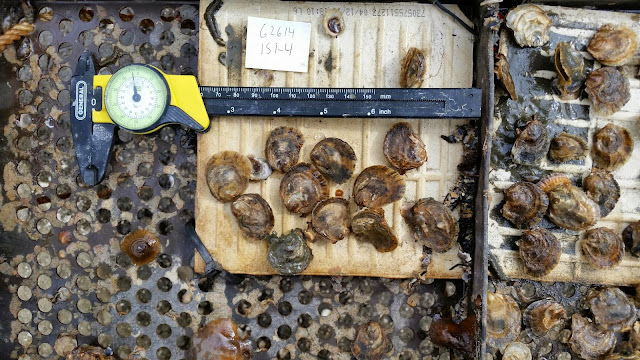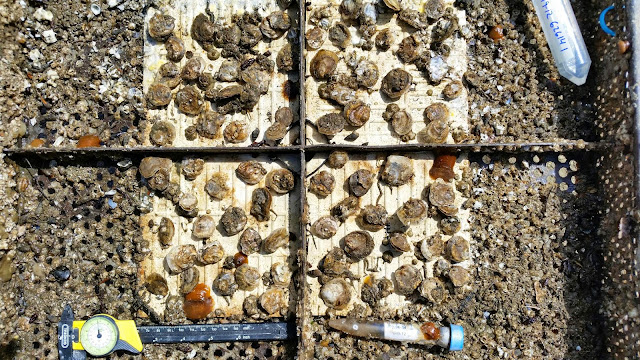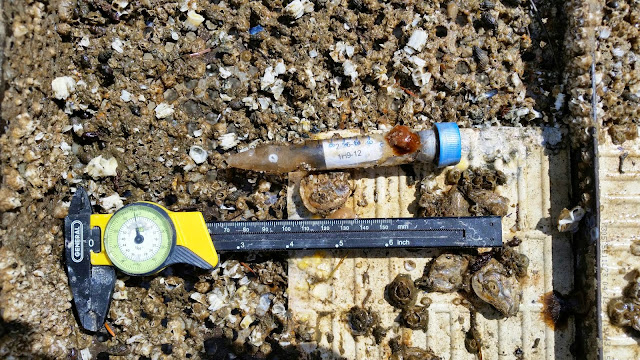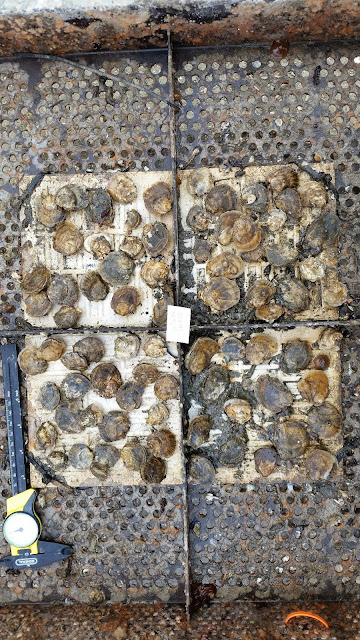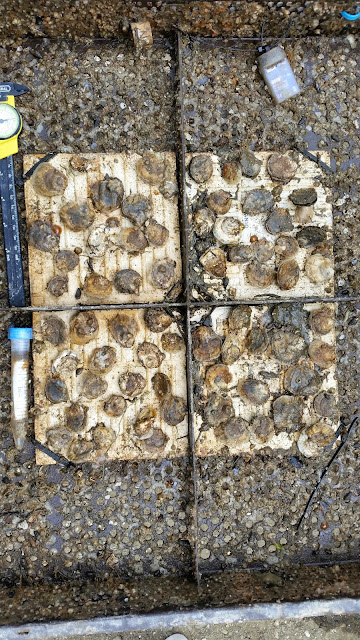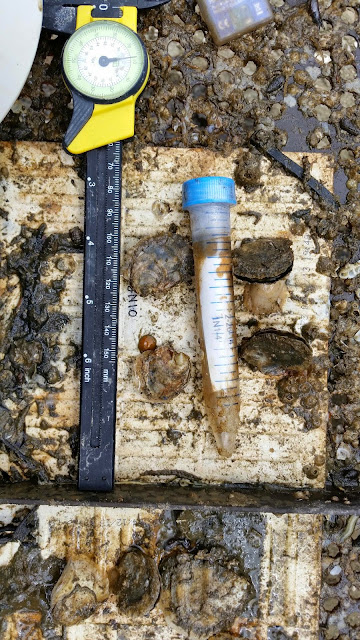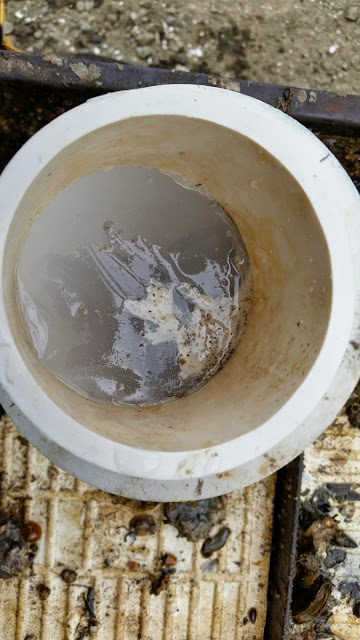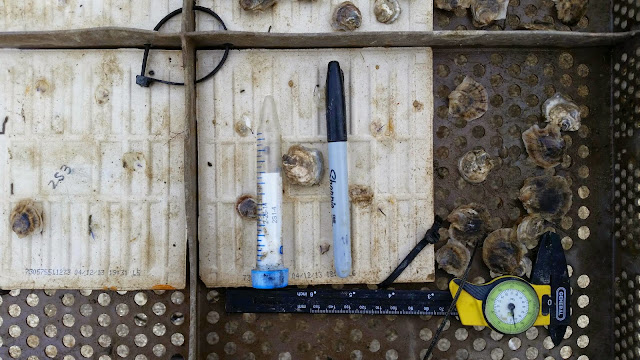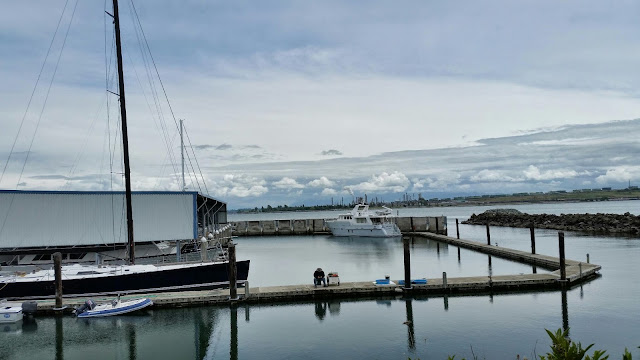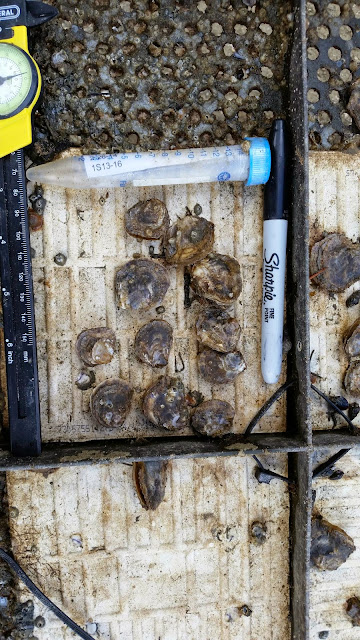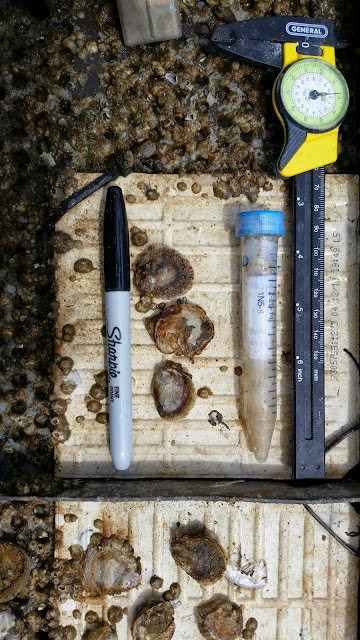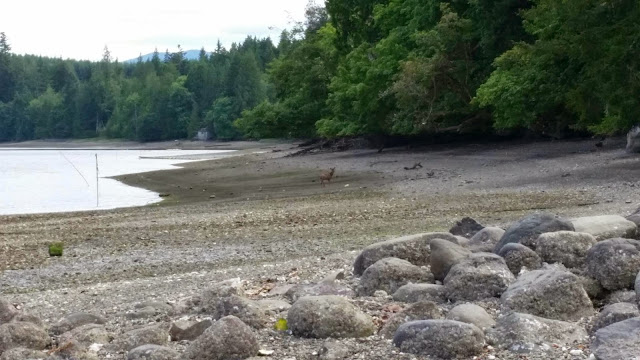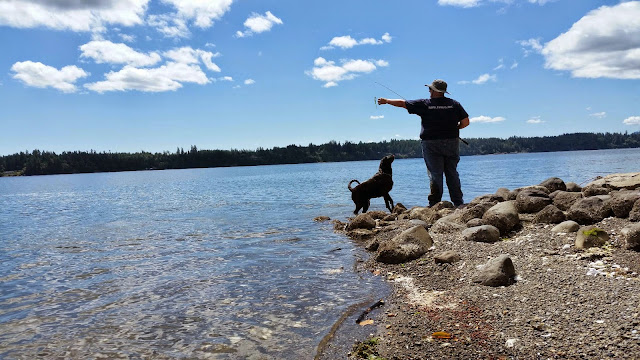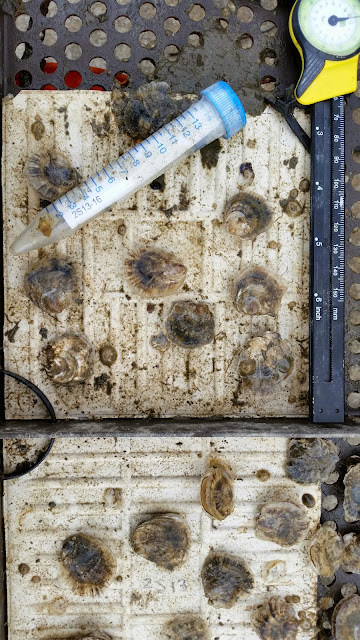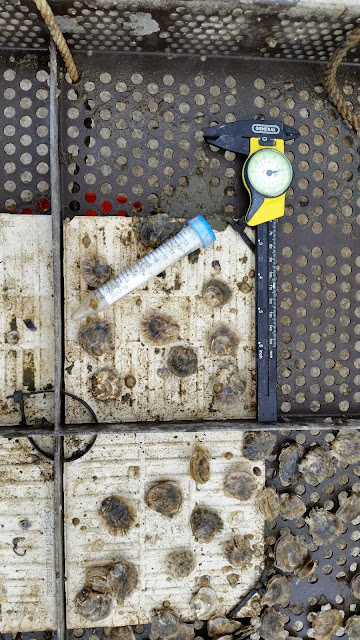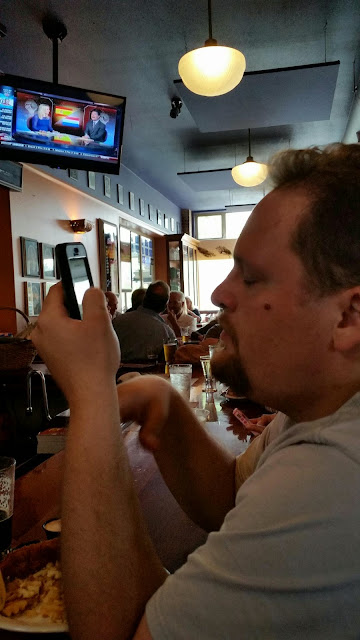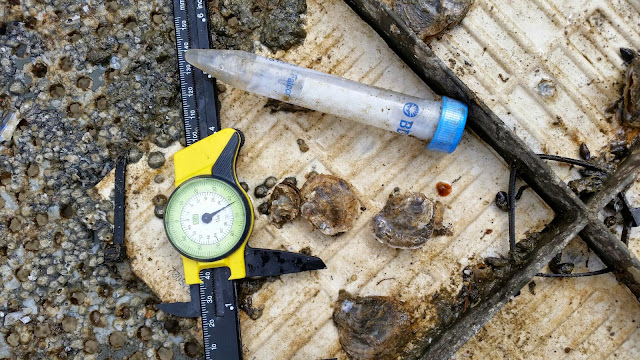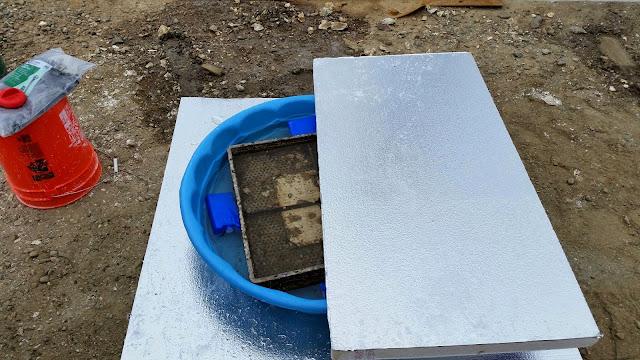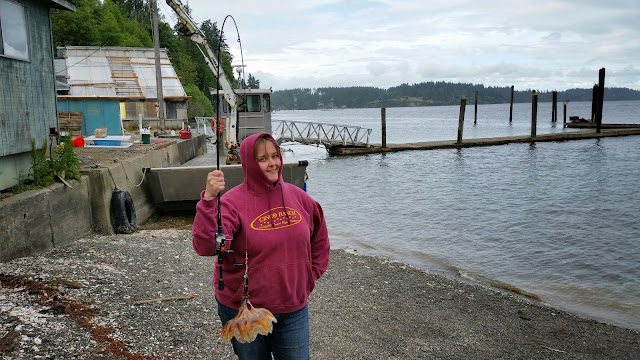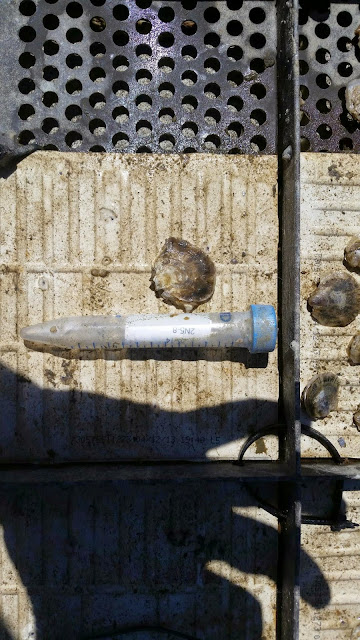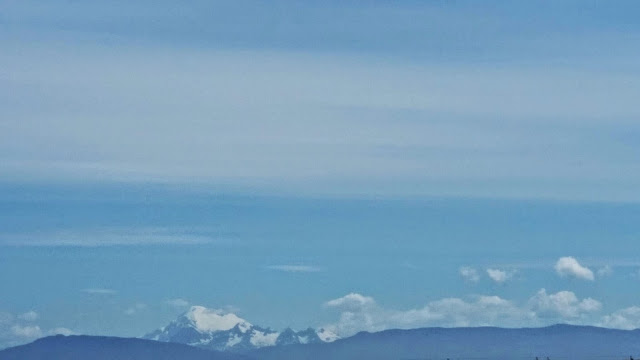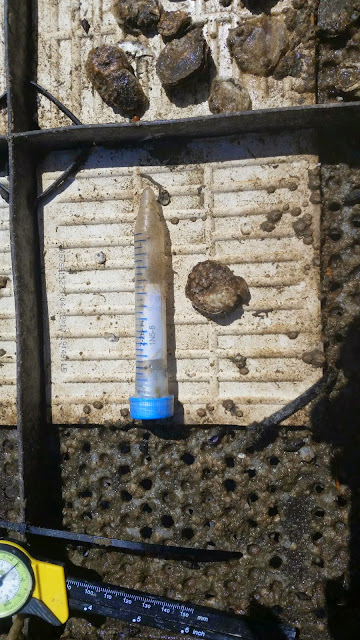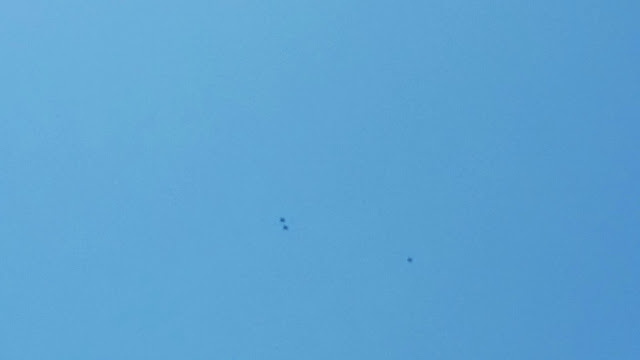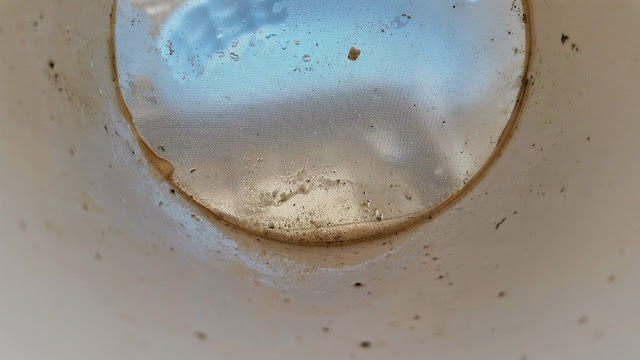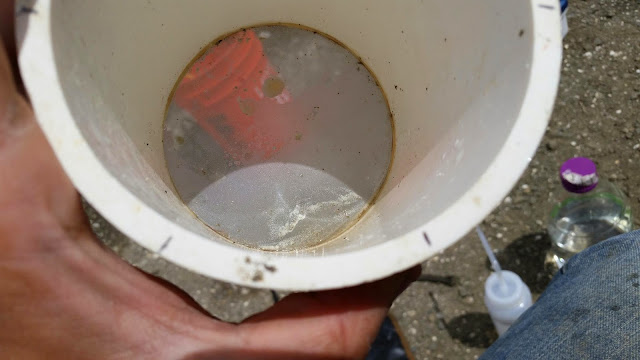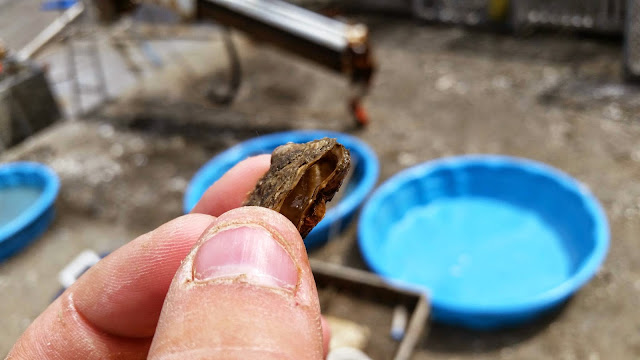Used the modified anesthesia sop with insulation and ice blocks. Collected from the water the lost stack as well as the hhn stack to reshuffle oyster trays. Big things of note, 1 south sound tray was 99% dead. It was a middle tray, had no predators and no fouling. No idea why those animals died but the other two trays in the stack survived. Brooding in all sampled trays seemed to have followed expectations. With no pop with way more or way less brooders than expected. Also collected temp logger info. All trays were kept in ambient seawater during Pretreatment or out plant if not sampled
Lost trays marked with orange ziptie, hhn trays labeled with blue ziptie.
Numbers as follows:
Temps in c
Pretreatment
Initial. 14
45. 14
1.5. 14
2.25. 16
Treatment
Initial. 11
45. 11
1.5. 11
2.25. 9
3. 8
Recovery
Initial. 13
45. 15
1.5. 16
2.25. 16
Salinity
Pretreatment. 26
Treatment. 68
Recovery. 24
Trays not used for Brood collection
1S9-12
Live. 1
Dead. 82
1H13-16
Live. 12
Dead. 0
Brood collection
1N1-4. From hhn stack
Brood. 2
Gaping. 72
Dead. 10
Closed. 1
Brooders
# size. Sick
1. 25. W
2. 31. Grey
(Three previous trays were put out immediately as stack 1. Far left from shore)
1H9-12
Brood. 1
Gaping. 92
Dead. 4
Closed. 1
Brooders
# size. Sick
1. 27. Grey
1S1-4
Brood. 11
Gaping. 85
Dead. 10
Closed. 2
Brooders
# size. Sick
1. 29. W
2. 25. W
3. 28. W
4. 30. W
5. 26. W
6. 30. W
7. 25. W
8. 26. W
9. 28. W
10. 31. W
11. 27. W
10/11. Were dirty samples, had lots of mud mixed in with larvae.
1N9-12
Brood. 5
Gaping. 84
Dead. 16
Closed. 1
Brooders
# size. Sick
1. 31. W
2. 29. W
3. 36. W
4. 28. W
5. 30. W

